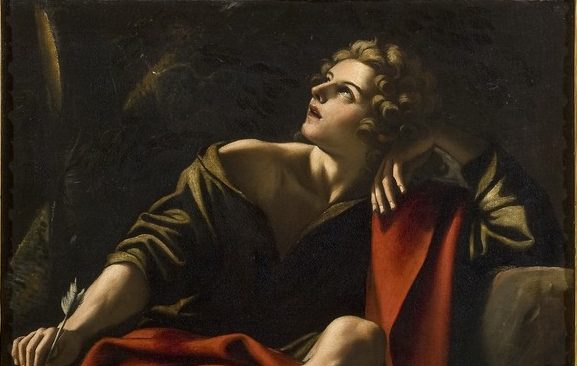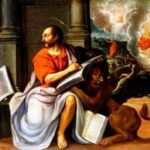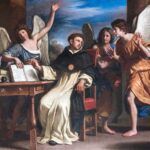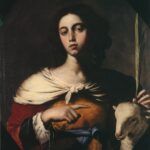On December 27, as the light of Christmas still lingers, the Church commemorates another luminary: Saint John the Apostle and Evangelist. A central figure in Christianity, he is the archetype of the divine scribe, the intermediary who brought us the Word through his Gospel and the Revelation. But how is this venerable figure distinguished in artistic representations? For the layperson, identification might not be immediate, but this is where iconographic attributes come into play.
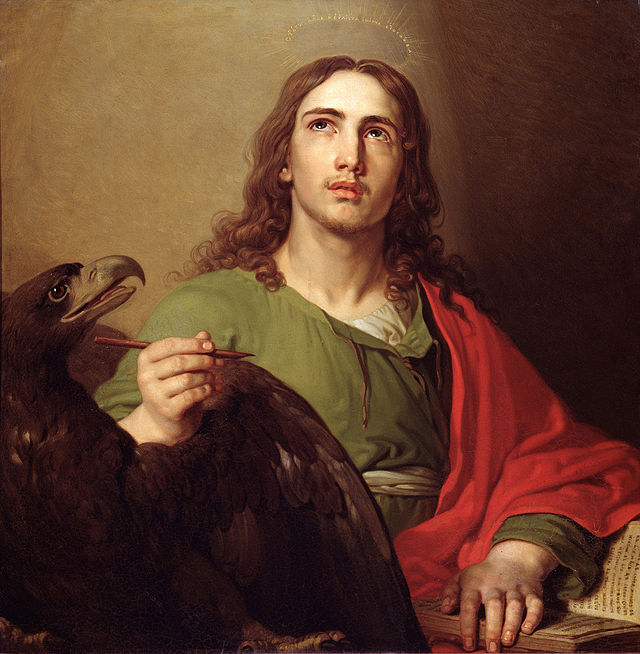
Every saint has their symbolic language, and in the case of Saint John, the elements that serve as his hallmarks are peculiar: the eagle, the book, and the serpent emerging from a chalice. The eagle symbolizes his lofty spirituality and theological acumen, representing the heavens touching the Earth through his pen. The book is an obvious reference to his role as an Evangelist, a witness who codified the life and teachings of Christ. Then there’s the serpent in a chalice, alluding to the legend of John surviving an attempt at poisoning, highlighting his status as divinely protected.
In this sacred art, physical resemblance gives way to symbols. It’s not the man’s face that matters, but what he represents. The portrait is not a cast of his physiognomy, but an icon of his attributes and virtues.
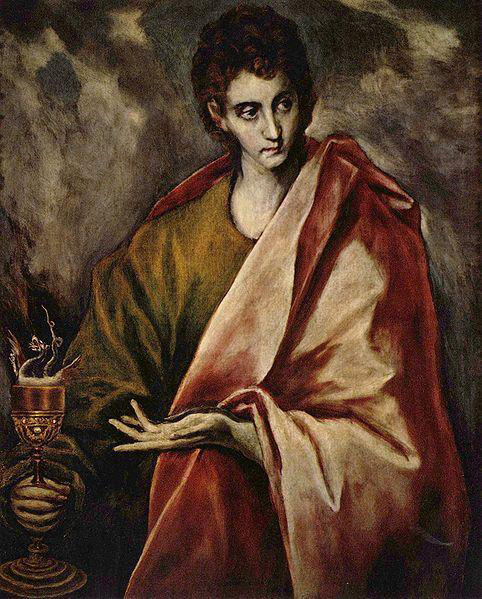
Among the artists who have immortalized Saint John, we find illustrious names like Vladimir Borovikovsky, El Greco, Alessandro Turchi, and Badalocchio Sisto. Each has contributed uniquely to the saint’s iconographic narrative. For instance, Badalocchio Sisto’s work presents a young, almost youthful John, despite the Revelation being associated with a later stage of his life. A deliberate anachronism, certainly, but a shining example of how sacred art allows for liberties to emphasize certain aspects of the holy.
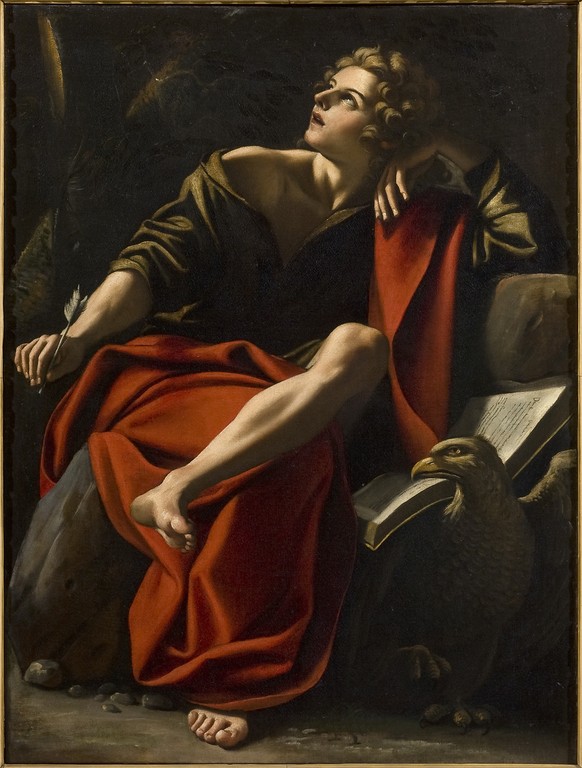
Particularly, Badalocchio’s young John seems to express the eternal youth of the spirit, the freshness of divine revelation that never ages, even as the earthly body succumbs to time. It’s an intriguing contrast, a small but powerful deviation that makes us reflect on the concept of eternity and the inexorable flow of time in mortal and immortal life.
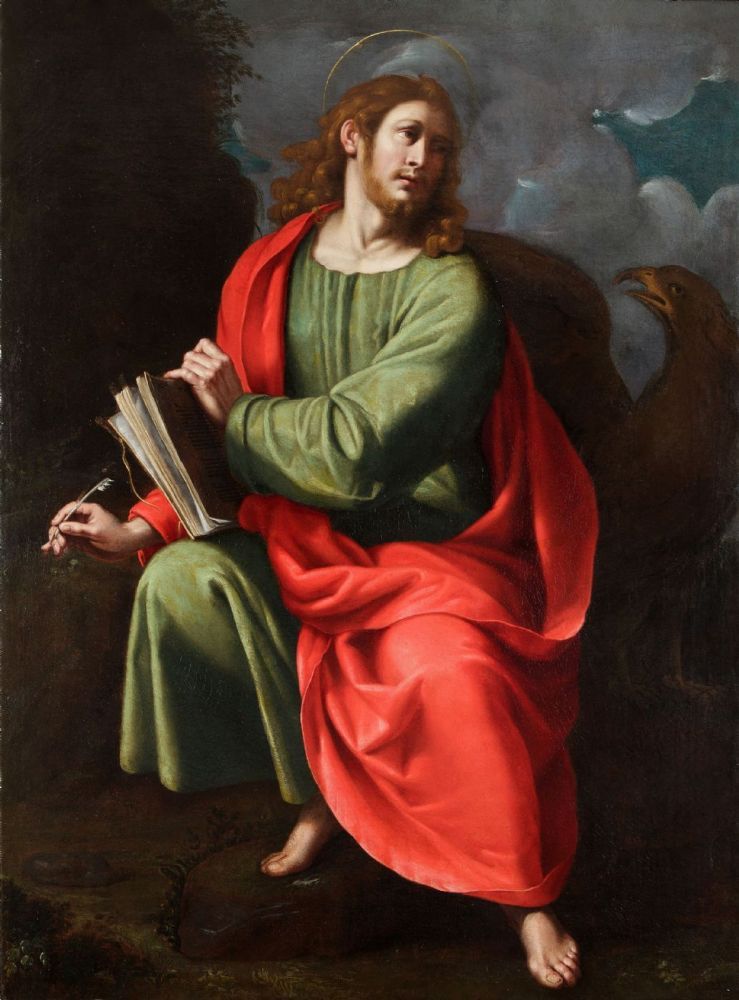
Thus, through the use of attributes and artistic creativity, Saint John the Apostle and Evangelist continues to live on in canvases and frescoes, an eternal icon that speaks as much to the devout as to the art lover, connecting generations of believers in his eternal narrative of faith and redemption.

